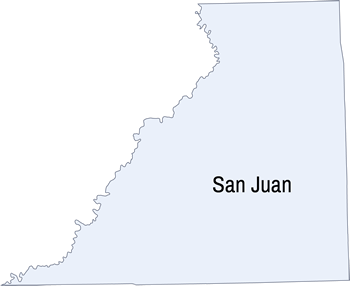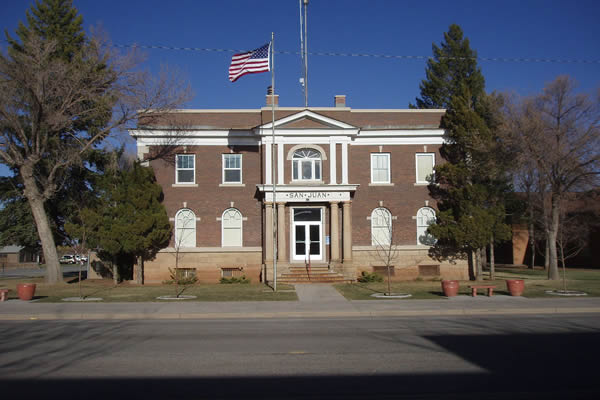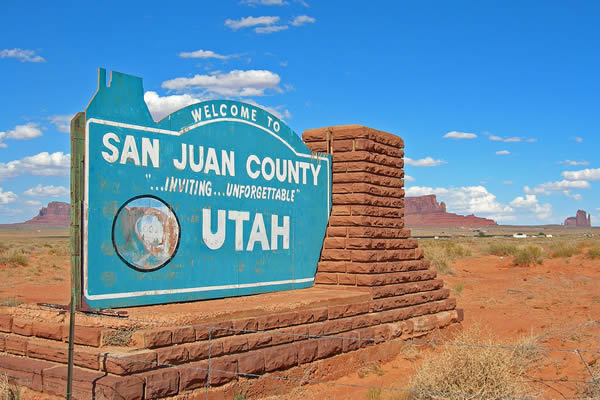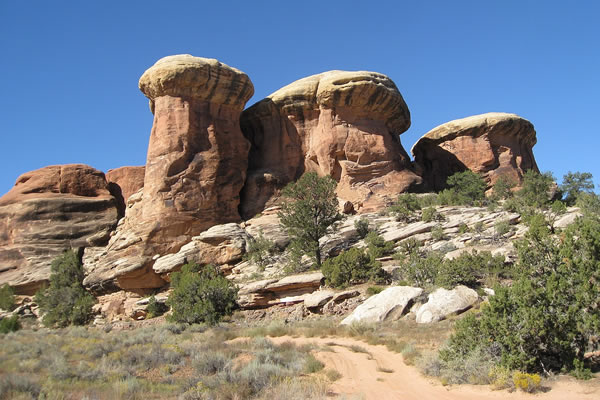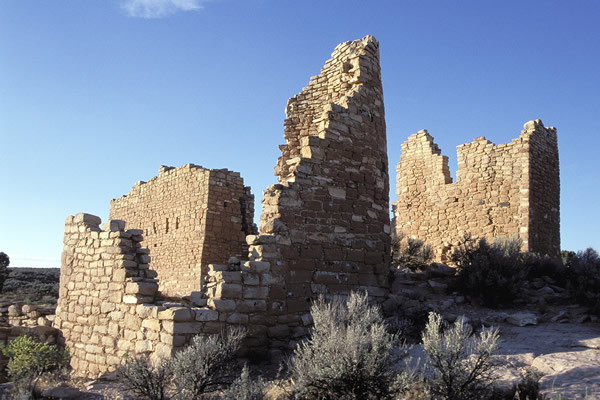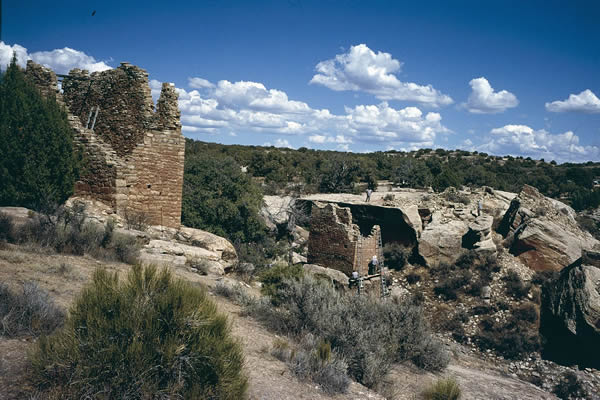San Juan County

San Juan County is in the southern part of the Colorado Plateau region of Utah. The county was first home to the early Anasazi Basket Makers in 1300 A.D. and much later the DINE' (Navajo) people who are still living in the area today. When the white man came to the area they made the “Hole in the Rock” trail on the way. As a means of income, the people in the area have tried farming, ranching, mining, and tourism with tourism as the most promising. Lake Powell, on San Juan’s western border, has brought many visitors.
When people see pictures of San Juan County they might think, “I’ve seen this before.” Chances are they have. Places like Monument Valley are famous for their unique vistas and pinnacles of rock that have been filmed several times as parts of movies. Also in the area you can find Four Corners National Monument where a person can stand in four states at once, Rainbow Bridge boasting the largest natural arch in the world, and Canyonlands which provides beautiful canyon vistas without having to drive all the way to the Grand Canyon. The San Juan river has created many tall mesas such as Goosenecks State Park that leave the visitor wondering how many years it took to create it. Dinosaur enthusiasts will want to check out the Dinosaur Museum in Blanding, Utah. A visit to San Juan will not be forgotten.
More information for San Juan County can be found at the following sites:
- UOPL: San Juan County Profile
- Blanding, Utah
- Go-Utah.com - Abajo Mountains
- Go-Utah.com - Blanding
- Go-Utah.com - San Juan River
- San Juan County - Travel, Recreation and Economic Development Information
- Utah Counties Profile - San Juan County
- Utah History Encyclopedia - Monticello
- Utah History Encyclopedia - San Juan County
- Utah History Encyclopedia - San Juan River
- Utah History for Kids–San Juan County
- U.S. Census Quickfacts - San Juan County
- Visit Utah - Hovenweep National Monument
- Visit Utah - Monticello
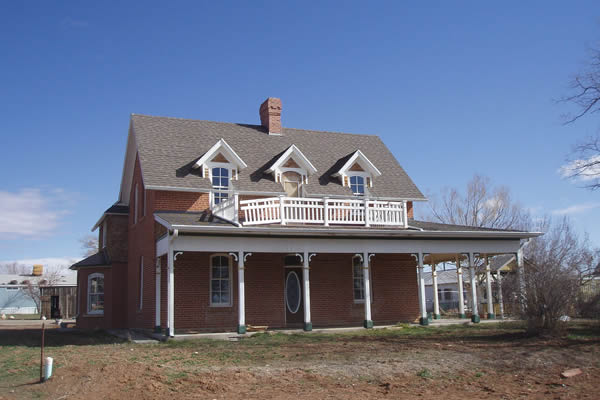
Image from Wikimedia Commons
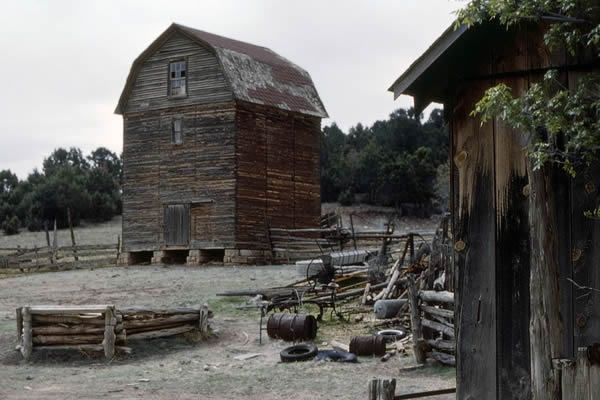
Image from Wikimedia Commons
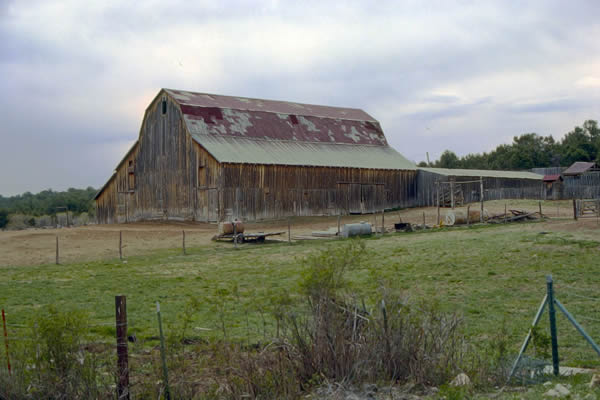
Image from Wikimedia Commons
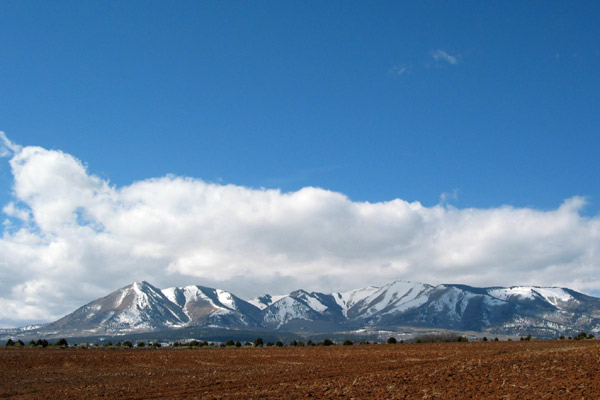
Image from Wikimedia Commons
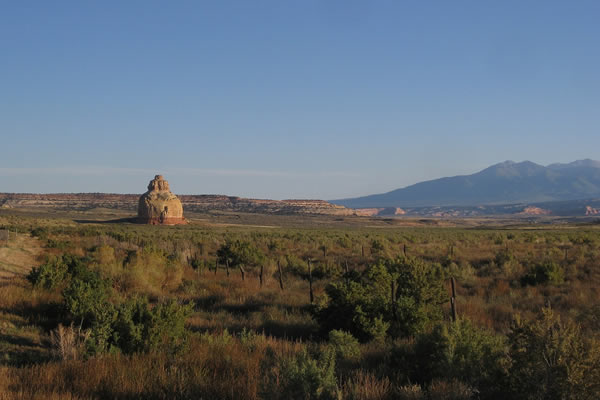
Image from Wikimedia Commons
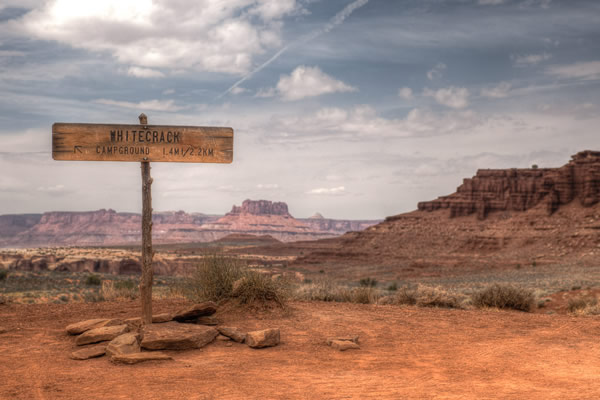
Image from Wikimedia Commons
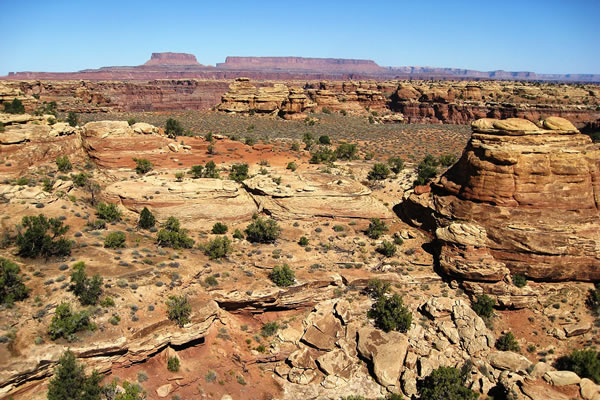
Image from Wikimedia Commons
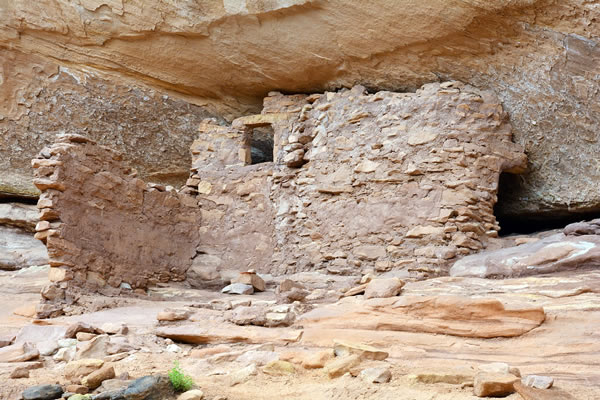
Image from Wikimedia Commons
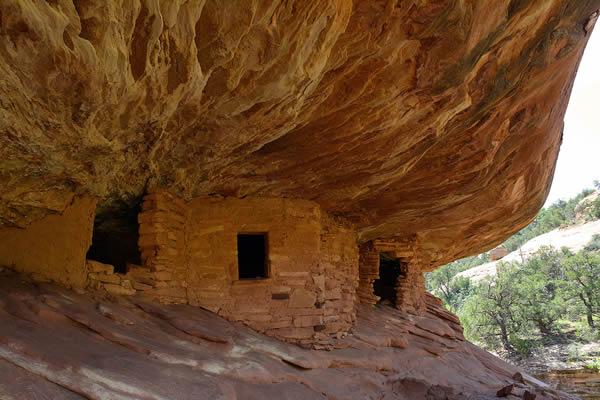
Image from Wikimedia Commons
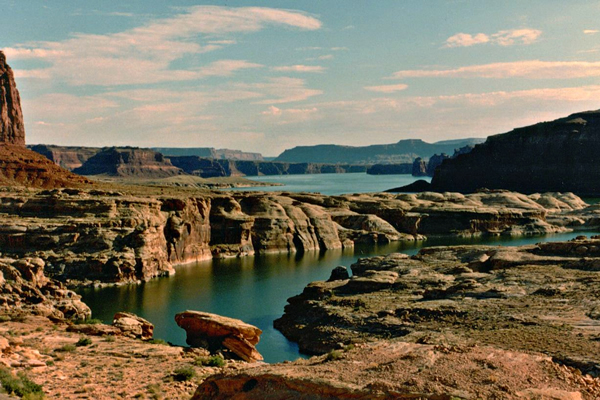
Image from Wikimedia Commons
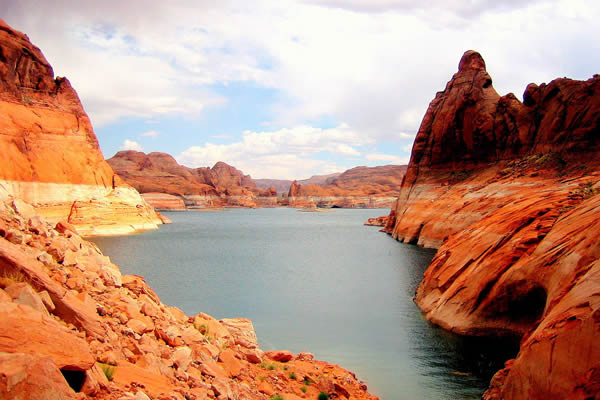
Image from Wikimedia Commons
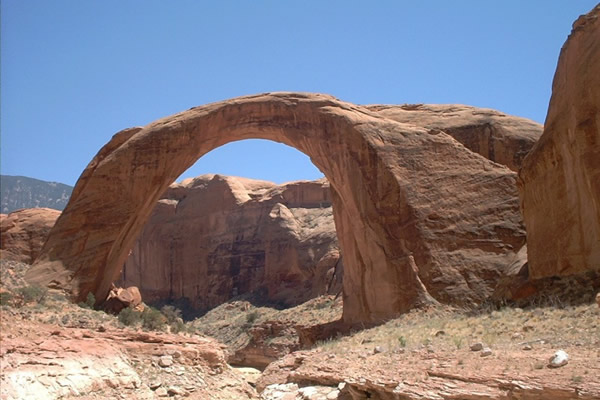
Image from Wikimedia Commons
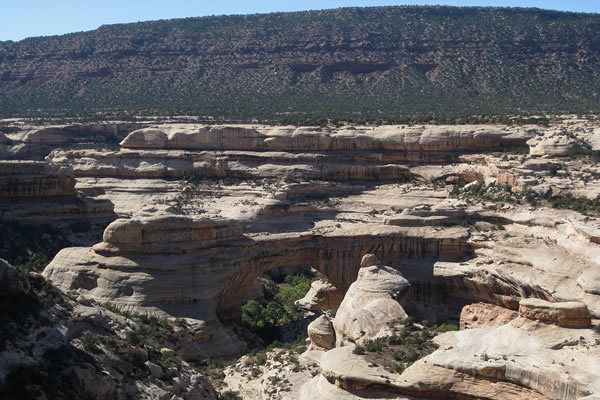
Image from Wikimedia Commons
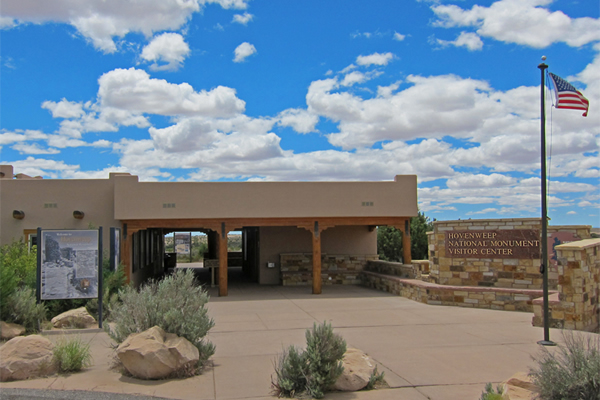
Image from Wikimedia Commons
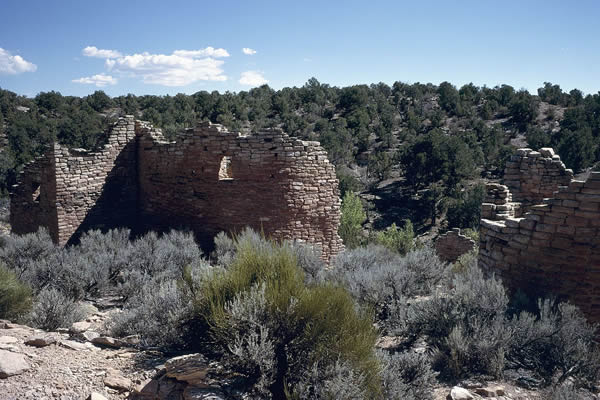
Image from Wikimedia Commons
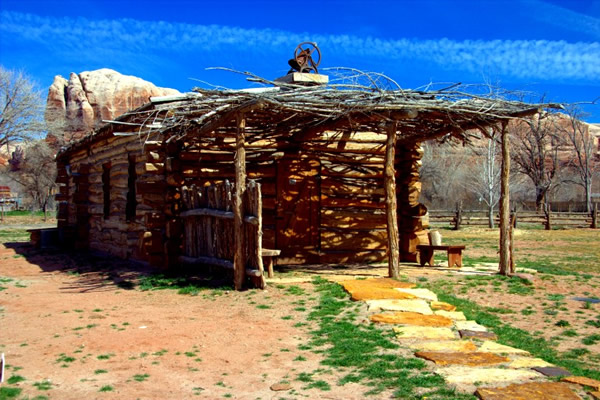
Image from Wikimedia Commons
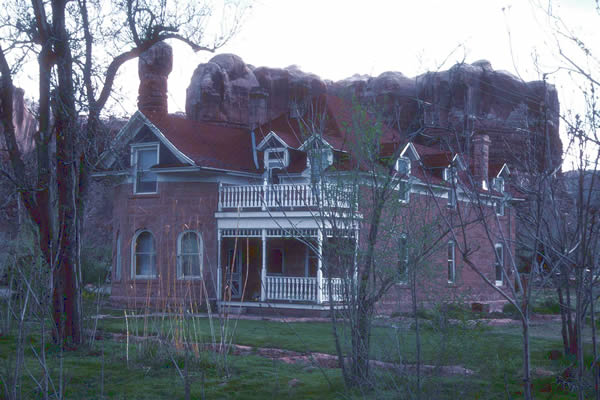
Image from Wikimedia Commons
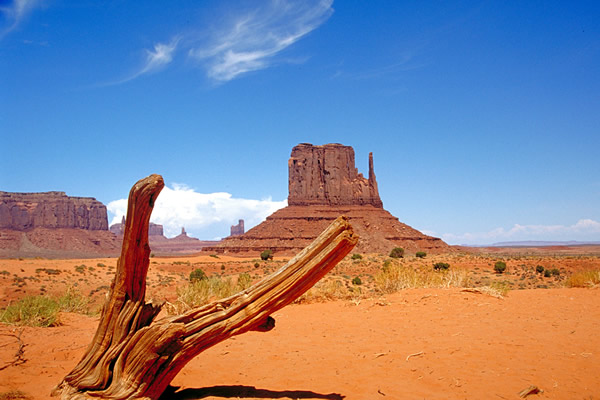
Image from Wikimedia Commons
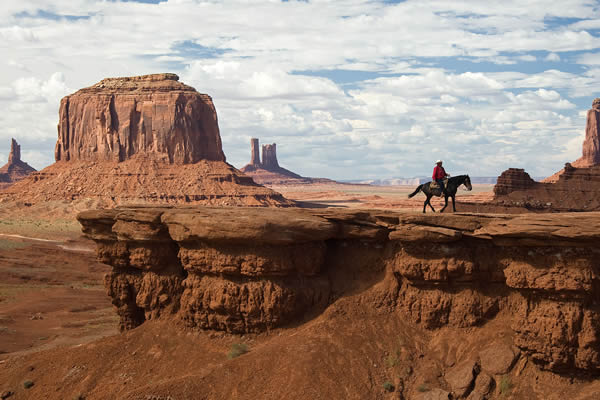
Image from Wikimedia Commons
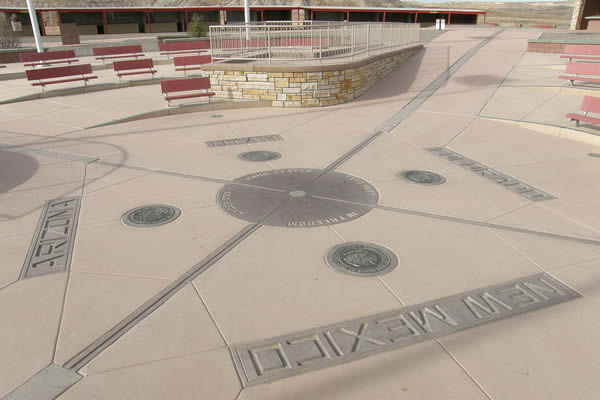
Image from Wikimedia Commons
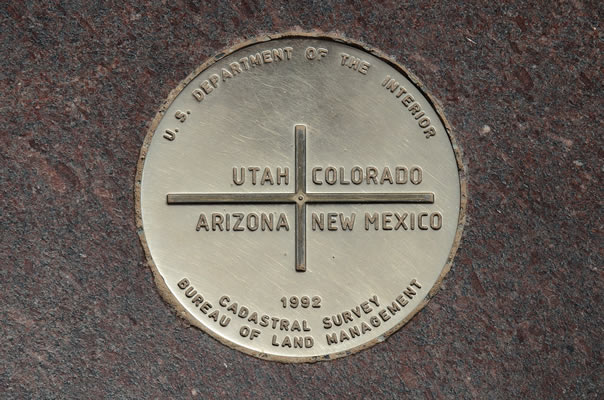
Image from Wikimedia Commons


 UTAH EDUCATION NETWORK
UTAH EDUCATION NETWORK

 Justin
Justin Braxton
Braxton Dani
Dani Kayla
Kayla Katie
Katie Matthew
Matthew Rob
Rob Val
Val

